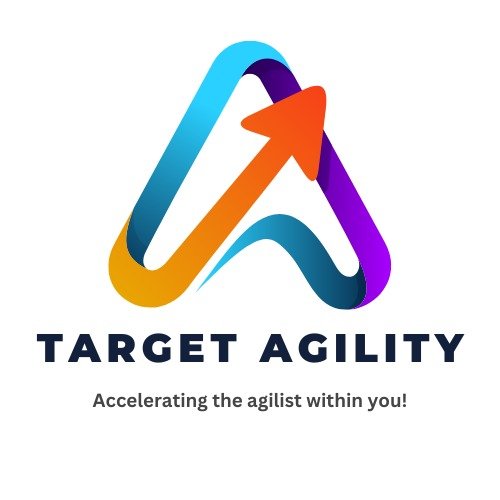A product roadmap is a simple plan that shows the vision, goals, and priorities for a product over time. It helps teams stay on track and keeps stakeholders informed about the product’s development. By using Scrum principles, your roadmap becomes flexible and responsive to changes while focusing on delivering value to customers.
Here’s a straightforward guide to creating a product roadmap with Scrum principles:
1. Define the Product Vision
Start by clarifying the product vision. This is the big-picture idea of what you want to achieve with the product. Work with stakeholders, like customers and business leaders, to make sure the vision matches market needs and company goals.
2. Set Key Objectives
Break down the product vision into major goals. These objectives outline what you want to achieve and provide direction for the features and tasks in the roadmap.
3. Work with Stakeholders
Scrum values teamwork, so involve stakeholders when building the roadmap. Hold meetings to gather input, prioritize goals, and spot potential issues early. This helps create a roadmap that everyone supports.
4. Use the Product Backlog
The product backlog is a list of features, improvements, and tasks. Use it as the main source for your roadmap. Prioritize the items based on their value to customers and alignment with your objectives. Scrum’s flexible approach allows you to adjust priorities as things change.
5. Set Timeframes
Scrum uses sprints, which are short work cycles (usually 2-4 weeks). For a roadmap, create broader timeframes, like monthly or quarterly periods, to keep planning flexible but structured.
6. Group Items into Epics and Themes
Organize roadmap items into epics and themes. Epics are big tasks that span multiple sprints, while themes group related work. This makes it easier to communicate the roadmap without getting into too many details.
7. Create a Visual Roadmap
A visual roadmap is easier to understand and share. Use tools like Gantt charts, Kanban boards, or roadmap software to display key milestones, goals, and timeframes clearly.
8. Review and Update Regularly
Scrum encourages continuous improvement. Review and update the roadmap regularly to reflect new priorities, market changes, and customer feedback. Schedule reviews during sprint meetings or dedicated roadmap sessions.
9. Be Transparent
Scrum values transparency. Share the roadmap with the entire team and other stakeholders to keep everyone aligned. Encourage open communication and feedback to create a sense of ownership.
10. Link the Roadmap to Sprint Goals
Make sure the roadmap guides sprint planning and goal setting. The roadmap provides a big-picture view, while sprint goals focus on short-term tasks. This connection helps teams see how their work contributes to long-term success.
Conclusion
Creating a product roadmap with Scrum principles is a simple way to balance long-term planning with agile execution. By focusing on teamwork, prioritization, and regular updates, you can deliver products that meet customer needs and business goals. Remember, the roadmap is a living document—embrace changes and use them as opportunities to improve.












